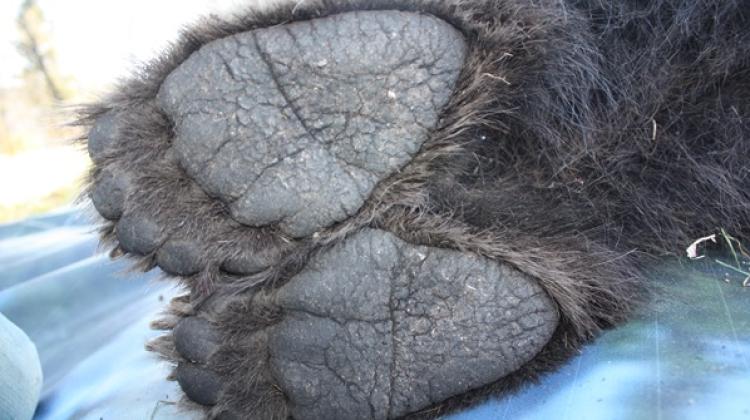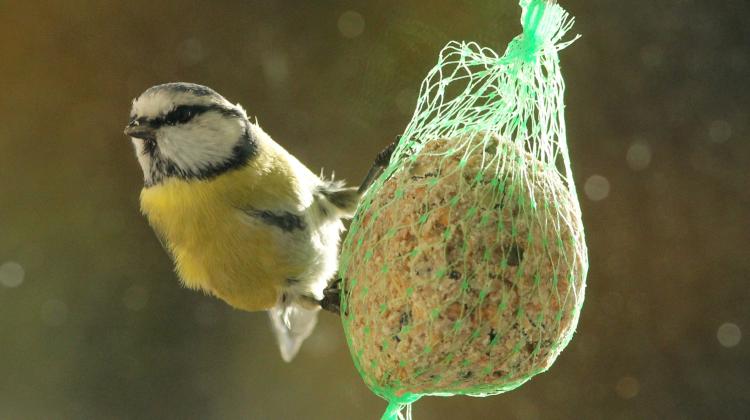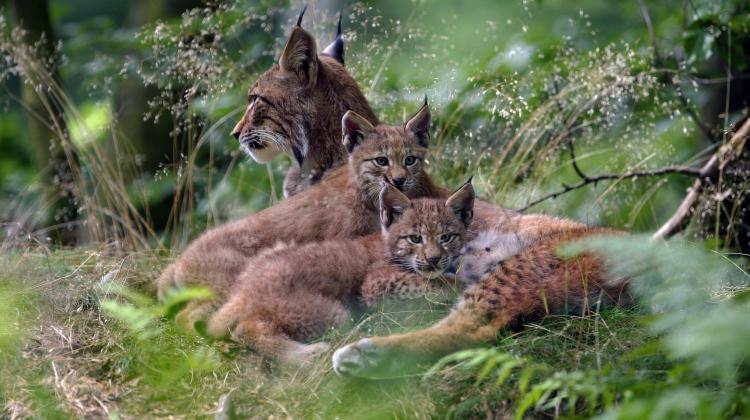Bear communication: paw stamps instead of emails

Bears communicate with the scent of their paws, leaving it on the paths they roam, shows a new study in which Polish researchers were involved, published in Scientific Reports. For animals that occupy large individual areas, this is an important way to exchange information with neighbours.
The characteristic gait, often referred to as "bear dancing" or "cowboy walk", was observed long before the discovery of America, as evidenced by the dance that mimics such movement, which is an important element of spring ceremonies of the Ute tribe. The basis of this mysterious behaviour of bears is explained by the research of an international team led by scientists from the Institute of Nature Conservation PAS in Kraków and Estación Biológica de Doñana CSIC in Seville. The results have been presented in the journal Scientific Reports.
It all started when the scientists observed bears always using the same path and leaving exactly the same footprints. "In this highly ritualised behaviour, one by one, bears forcefully push their paws into the ground in exactly the same clearly visible holes, following a +pressed+ path and sniffing the traces left by their predecessors" - explained Filip Zięba from the Tatra National Park.
"This applies especially to males. It encouraged us to investigate the significance of this behaviour" - added Dr. Javier Naves, a member of the Spanish research team.
"The world of scents is extremely rich and still little known. Proper collection of the bear scent was a great challenge" - said lead researcher Dr. Agnieszka Sergiel from the Institute of Nature Conservation PAS in Kraków. After several attempts, using cotton sticks and a wooden handle, the scientists managed to capture the odour of bear paws and analysed it using gas chromatography. They identified as many as 26 specific volatile substances, six of which were found only in males.
One those "male" substances is cembrenoid, which is a pheromone used by some species of ants and termites for marking pathways, and which is also important for the identification of individuals. "In the skin of the bear\'s paw, we found large glands that can release secretions during friction. This explains why bears moving in this characteristic way when marking their paths" - added Dr. Sergiel.
Many species of mammals communicate with scents. In the case of bears, most species occupy very large individual areas. However, they are not territorial animals and spend most of their time alone. "With such scent paths, bears can exchange information and find out who is nearby, who should be avoided and who they would like to meet. Our research contributes to understanding the evolution and ecology of mammalian communication" - explained Dr. Nuria Selva, team member from the Institute of Nature Conservation PAS.
The study was co-funded by the National Centre for Research and Development and the National Science Centre. Results are published in the article titled "Histological, chemical and behavioural evidence of pedal communication in brown bears" (DOI: 10.1038/s41598-017-01136-1). (PAP)
zan/ agt/ kap/
tr. RL
Przed dodaniem komentarza prosimy o zapoznanie z Regulaminem forum serwisu Nauka w Polsce.


















